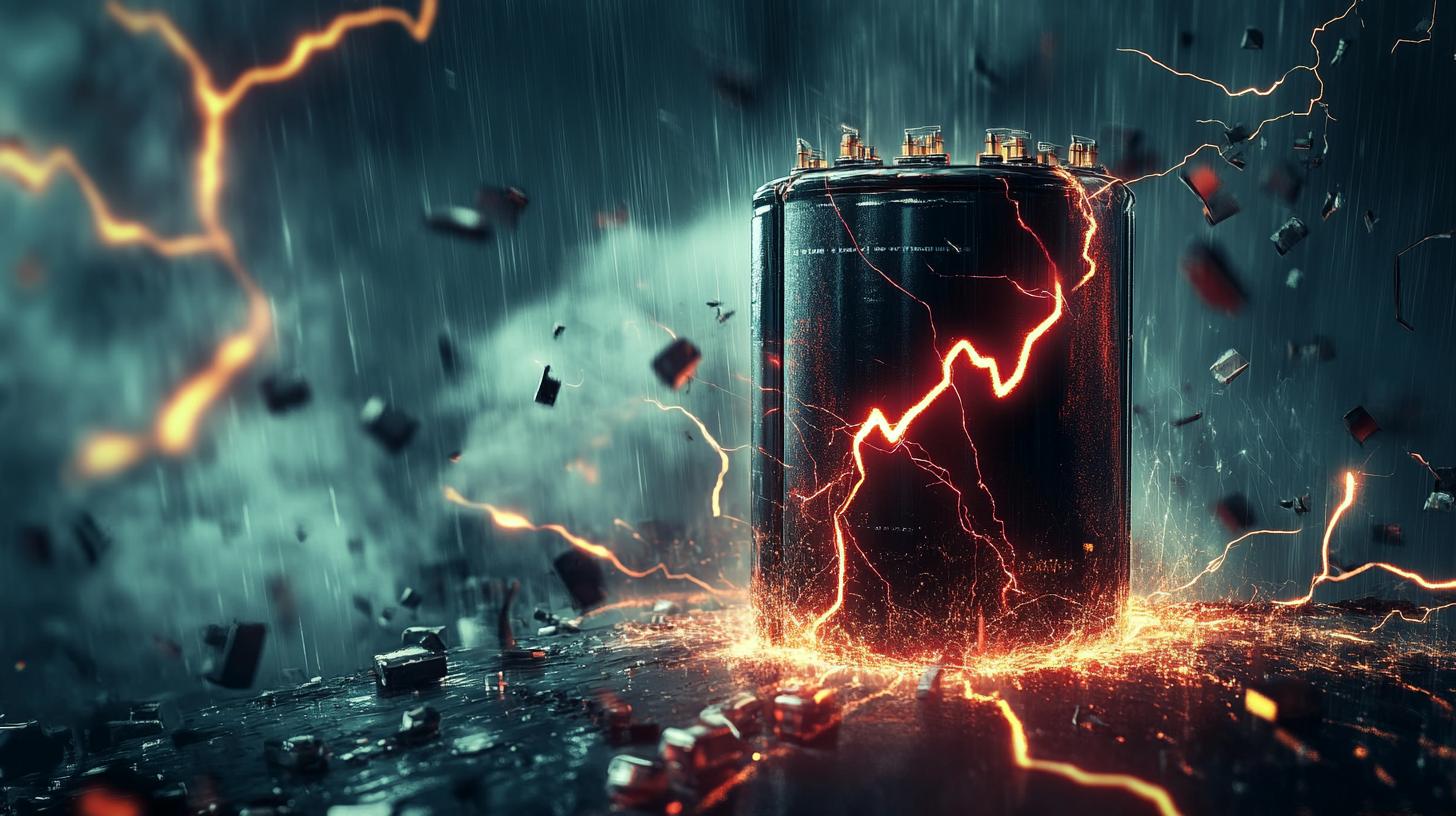Recent satellite imagery indicates significant changes in northern Gaza, where Israeli forces appear to be establishing a new military boundary. This newly formed divide stretches approximately 5.6 miles (9 km) across the region, effectively segmenting Gaza into distinct areas of control. Troops are actively managing the terrain and demolishing hundreds of structures, primarily through controlled explosions, between the Mediterranean coastline and the Israeli front.
Analysts believe this strategic maneuver is aimed at enhancing military control, as the area now exhibits a pattern of cleared land connecting major routes. The Israeli Defense Forces (IDF) have communicated their focus on targeting specific militant assets in the northern sector.
Experts from both Israeli and international think tanks have observed that this endeavor may obstruct Palestinian civilians from reclaiming their homes in northern Gaza, where over 100,000 individuals have already been displaced. The United Nations reports alarming conditions, stating that essential supplies and humanitarian assistance have been severely limited for those remaining.
The political ramifications of this decision are concerning, as the IDF’s tactical evolution could signal a more permanent military presence in the region. Conflict continues to erupt between IDF and Hamas forces, raising questions about the future of the Palestinian population in these contested areas. The landscape of northern Gaza is undeniably shifting, with severe implications for its civic life and security.
The Hidden Impact: How Military Divisions Transform Life in Gaza
As military boundaries reshape regions, communities face dramatic shifts in their daily realities. The establishment of the new military boundary in northern Gaza has far-reaching consequences beyond the immediate tactical advantages sought by the Israeli Defense Forces (IDF). While military strategy drives these changes, the resulting impact on civilian life ignites a complex web of challenges, turning everyday existence into a test of resilience for the affected populations.
Displacement and Humanitarian Challenges
One significant concern is the displacement of over 100,000 individuals, as reported by the United Nations. This mass exodus creates a ripple effect within communities, disrupting social networks that have been built over generations. With homes destroyed or deemed inaccessible, the displaced residents are often forced to seek refuge in overcrowded shelters, straining limited resources. The availability of medical care, education, and basic supplies dwindles, leading to deteriorating living conditions.
Long-Term Refugee Status
As these displacements become chronic, many residents may face the prospect of a long-term refugee status. The concept of being a refugee in one’s own homeland breeds feelings of despair and hopelessness among families. Children, in particular, bear the brunt, as education systems falter and the continuity of their development is jeopardized. Remaining in temporary housing rather than stable homes generates uncertainty and anxiety, raising concerns about mental health and social cohesion in the community.
The Role of International Aid
International responses are critical to alleviating the grim situation in Gaza. Humanitarian organizations endeavor to deliver essential supplies and support, but their efforts can be hampered by military actions and logistical challenges. Additionally, differing views on aid distribution can lead to controversies regarding which communities receive help, fostering divisions within the affected population. Are international agencies equipped to address this delicate balance? Their roles are pivotal but fraught with political complexities.
Economic Consequences
The transformation of northern Gaza’s landscape also stymies economic opportunities. With businesses destroyed or inaccessible, the local economy suffers, exacerbating poverty levels. Small businesses that once served as a lifeline for families are disappearing under the weight of structural demolitions. Critics argue that without addressing economic stability, any plans for future peace will falter premised upon economic insecurity. How can a community thrive when the foundational elements of economic life are systematically dismantled?
Public Sentiment and Resistance
Public sentiment towards the military’s presence remains contentious. Some factions within Gaza view the IDF’s actions as an ongoing occupation, deepening the narrative of resistance against external control. The information war, fueled by social media and news outlets, finds varying interpretations of actions on both sides, further polarizing the discourse. This environment complicates efforts for collaboration between Israelis and Palestinians. Is there potential for constructive dialogue amidst rising tensions?
In Summary
The strategic military changes in northern Gaza are more than a matter of territorial control; they profoundly affect the lives of individuals and communities. Displacement, economic stagnation, and humanitarian crises yield a cycle of suffering, where families grapple with uncertainty in their everyday lives. While military interests may shape the region’s future, it’s vital to consider the human element underlying these developments.
For more insightful discussions on the Middle East and ongoing geopolitical issues, visit Middle East Monitor.










